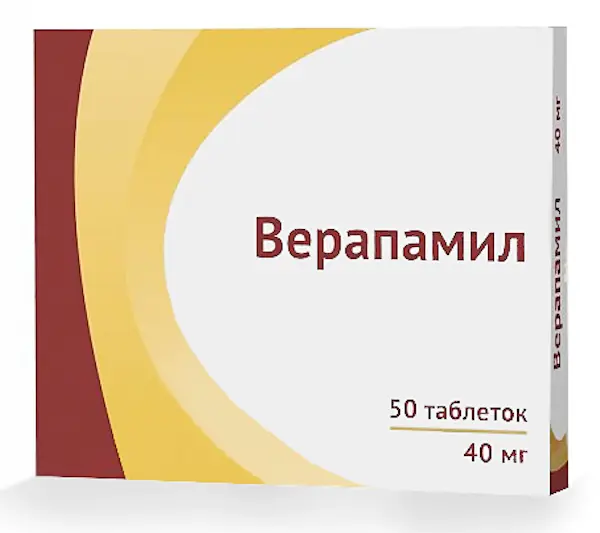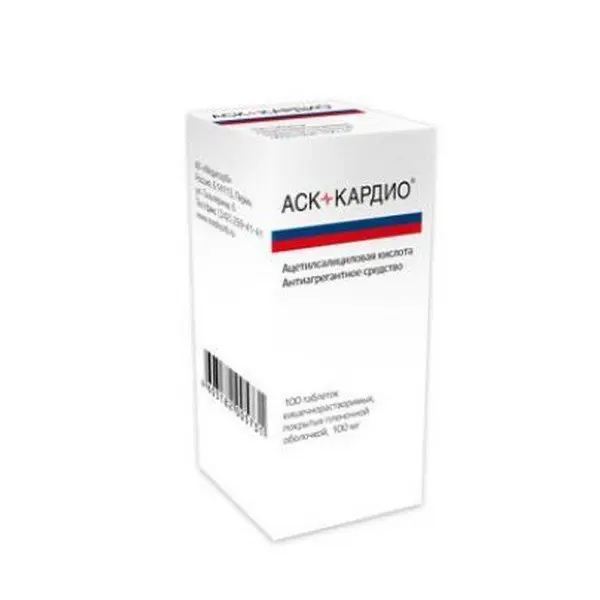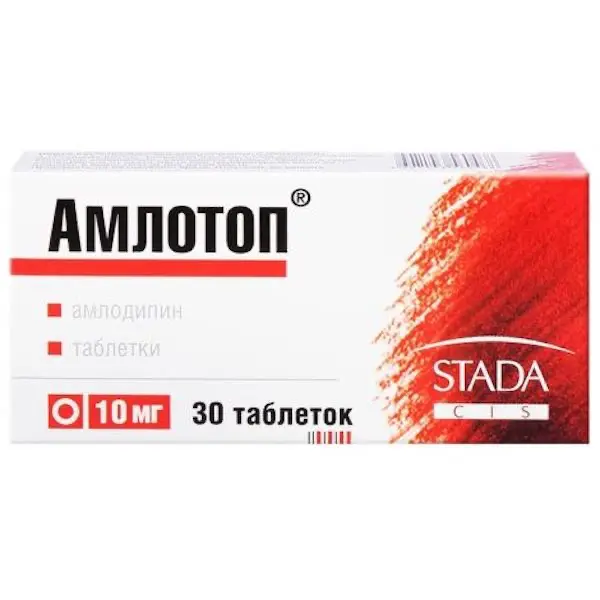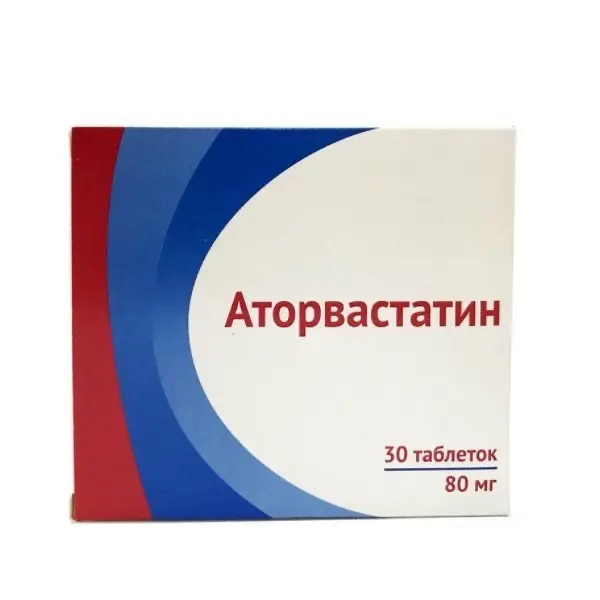Description
Verapamil Pharmacodynamics
Verapamil is one of the main drugs of the group of “slow” calcium channel blockers. It has antiarrhythmic, antianginal and antihypertensive activity.
The drug reduces myocardial oxygen demand by reducing myocardial contractility and reducing heart rate.
Causes dilatation of coronary vessels of the heart and increases coronary blood flow; reduces smooth muscle tone of peripheral arteries and total peripheral vascular resistance.
Verapamil significantly slows atrioventricular conduction and inhibits sinus node automatism, which allows using the drug for treatment of supraventricular arrhythmias.
Verapamil is the drug of choice for treatment of angina of vasospastic genesis (Prinzmetal angina).
It has an effect in angina pectoris.
Indications
Treatment and prevention of cardiac rhythm disturbances:
paroxysmal supraventricular tachycardia;
Atrial flutter and fibrillation (tachyarrhythmic version);
supraventricular extrasystoles.
2 Treatment and prevention:
Chronic stable angina (angina pectoris);
unstable angina;
Vasospastic angina (Prinzmetal’s angina, variant angina).
The treatment of arterial hypertension.
Contraindications
Hypersensitivity to the components of the drug, significant bradycardia, chronic heart failure stages II B-III, significant arterial hypotension, cardiogenic shock (except arrhythmia-induced), sinoauricular block, atrioventricular block of degree II and III (except patients with an artificial pacemaker); acute myocardial infarction, sinus node weakness syndrome, aortic stenosis, Wolff-Parkinson-White syndrome, Morgagny-Adams-Stokes syndrome, acute heart failure, concomitant use of beta-adrenoblockers (intravenous), pregnancy, lactation, age under 18 years.
Caution:
The drug should be prescribed with caution in patients with atrioventricular block of I degree, chronic heart failure, marked liver function disorders, renal failure, the elderly, mild to moderate degree of arterial hypotension, myocardial infarction with left ventricular failure, bradycardia.
Dosage and administration
- Verapamil is taken orally during or after meals with a small amount of water.
Dosage regimen and duration of treatment are determined individually, depending on the patient’s condition, severity, course of the disease and therapy efficacy. - For prevention of angina and arrhythmia attacks and for treatment of arterial hypertension, the drug is prescribed for adults in the initial dose of 40-80 mg 3-4 times a day. If necessary, the single dose is increased to 120-160 mg. Maximum daily dose is 480 mg.
- In patients with significant liver dysfunction, verapamil elimination from the body is slow, so it is reasonable to start treatment with the minimum dose. The daily dose should not exceed 120 mg.





